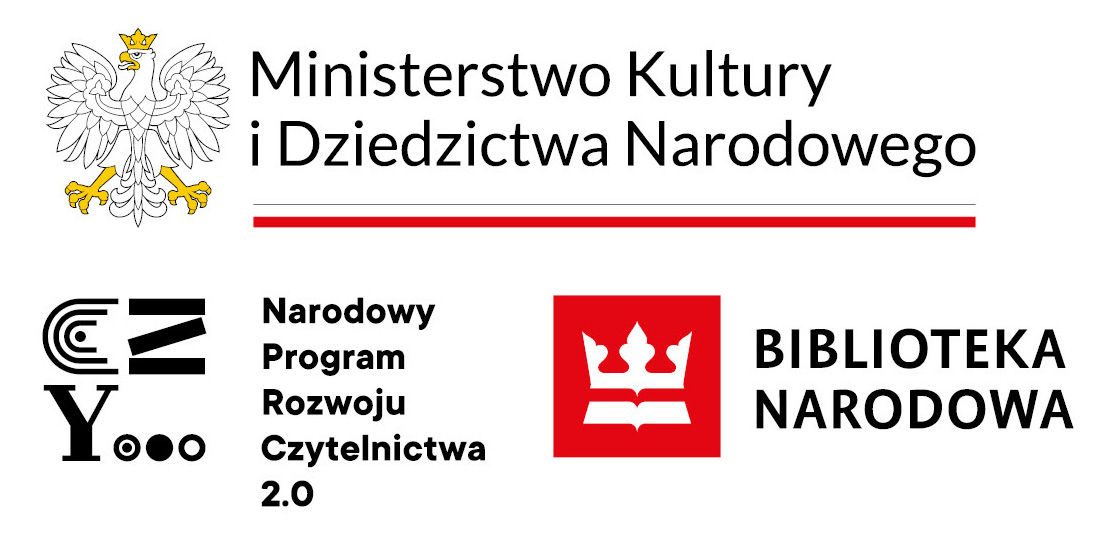Stopka
AGH University Main Library implements ALMA library system
Subsidized by funds from the Ministry of Culture and National Heritage as part of the implementation of the National Reading Development Program 2.0 for 2021-2025.
Subsidized by funds from the Ministry of Culture and National Heritage as part of the implementation of the National Reading Development Program 2.0 for 2021-2025.

AGH University Main Library
A. Mickiewicz Ave. 30, 30-059 Kraków, U-1 building
phone +48 12 617 32 08
e-mail: bgagh@bg.agh.edu.pl
A. Mickiewicz Ave. 30, 30-059 Kraków, U-1 building
phone +48 12 617 32 08
e-mail: bgagh@bg.agh.edu.pl
Web accessibility
GDPR
Intranet
BGInfo Newsletter
Site map
© 2023 AGH University Main Library
AGH University of Krakow
AGH University of Krakow